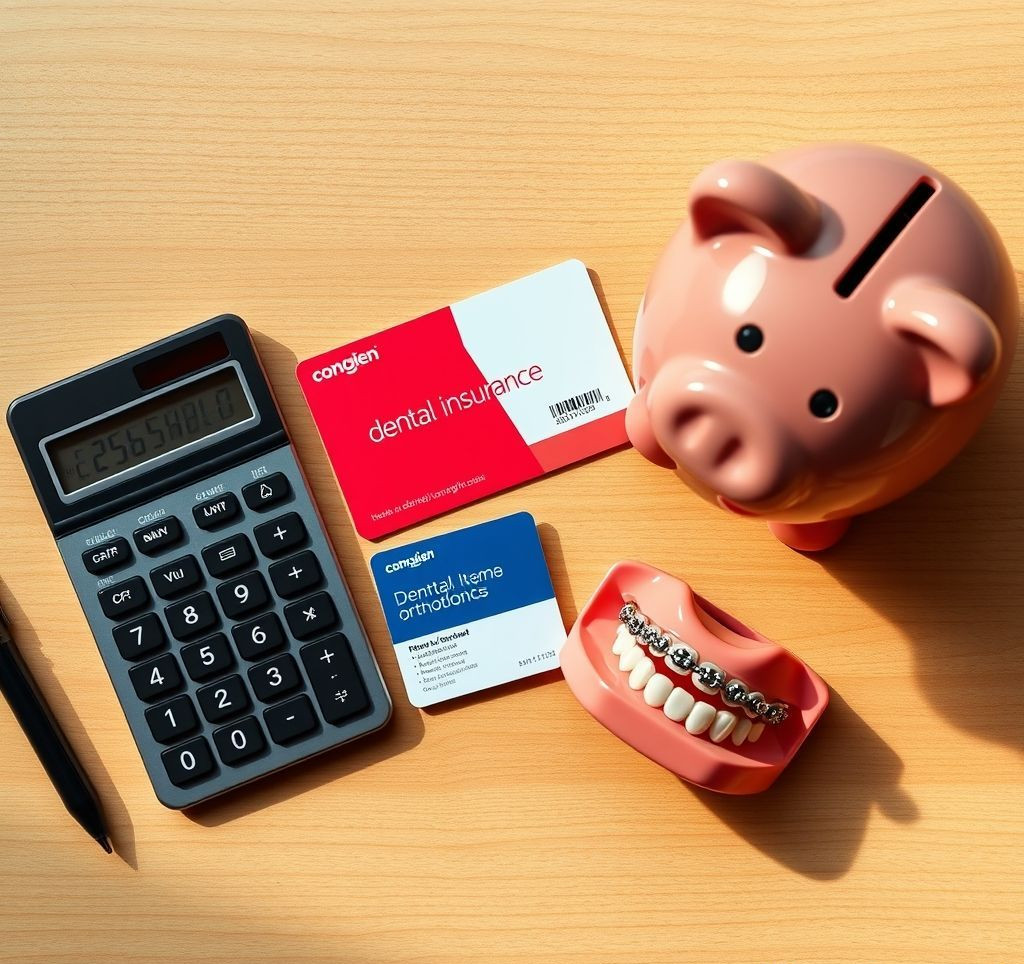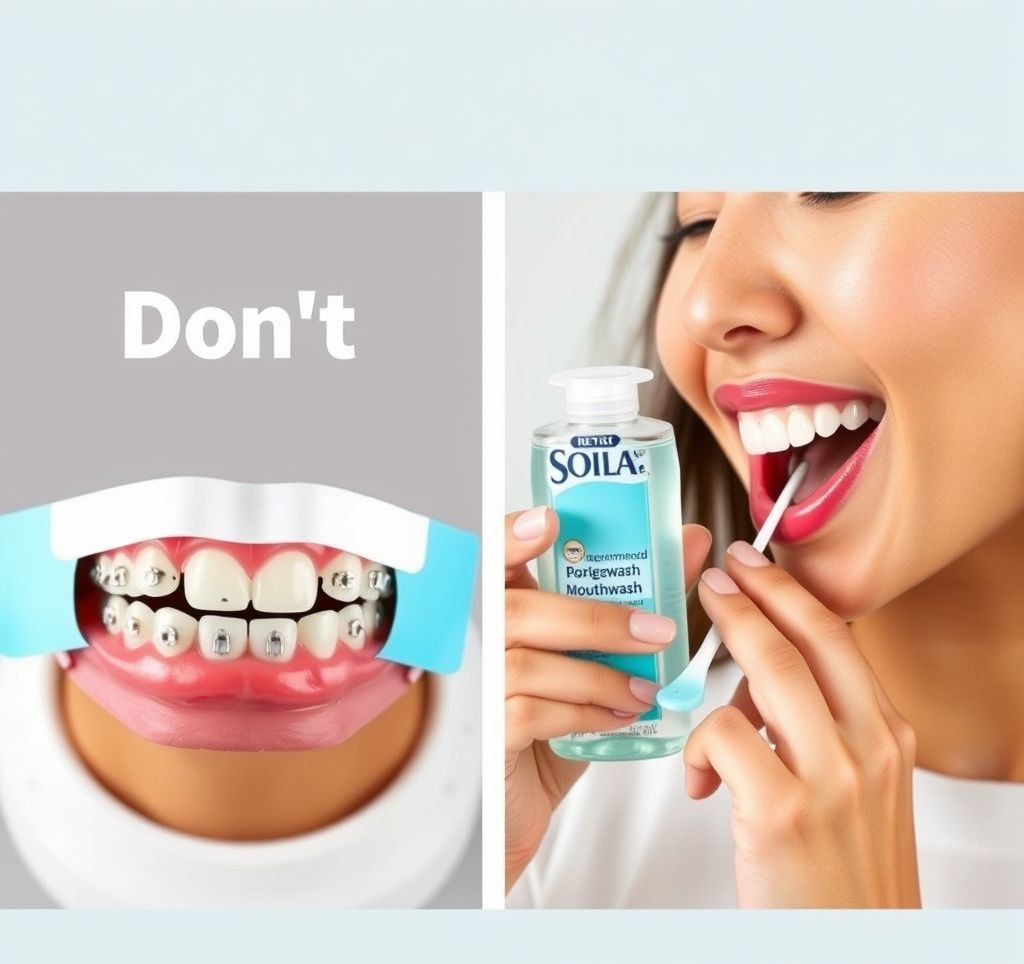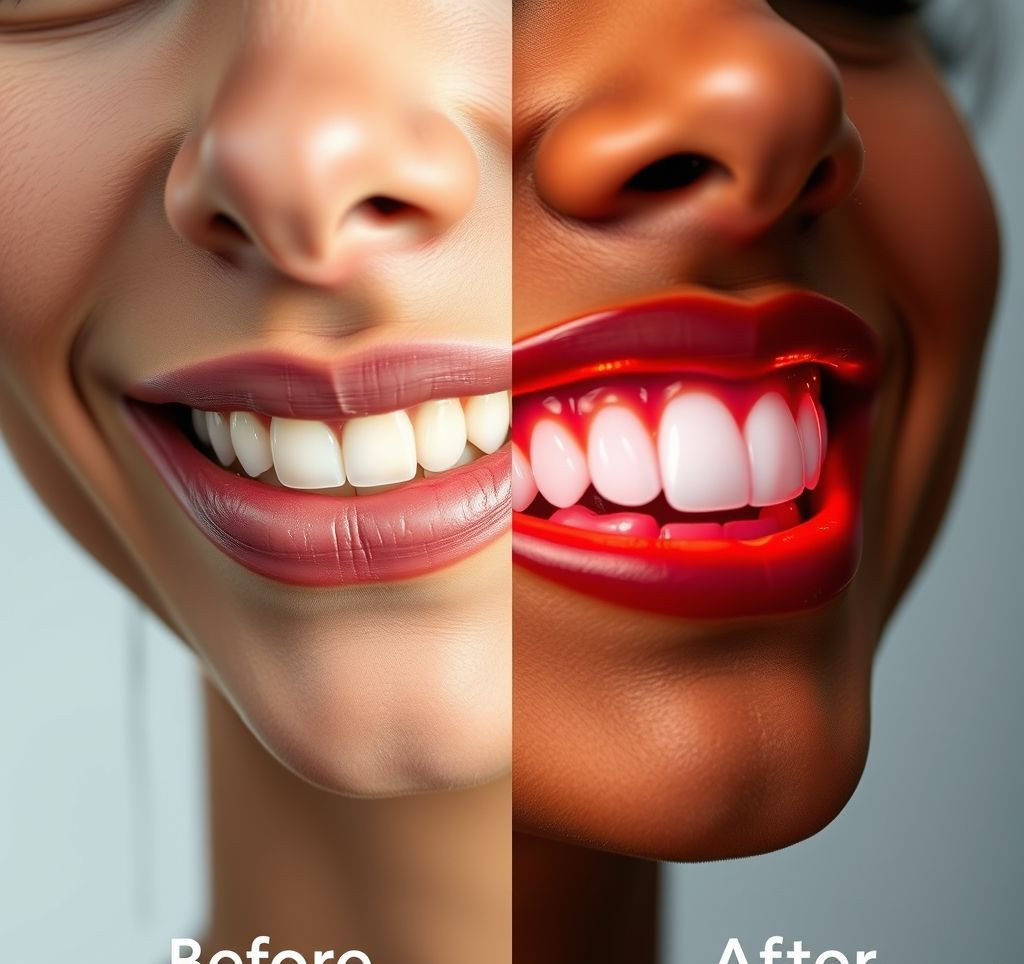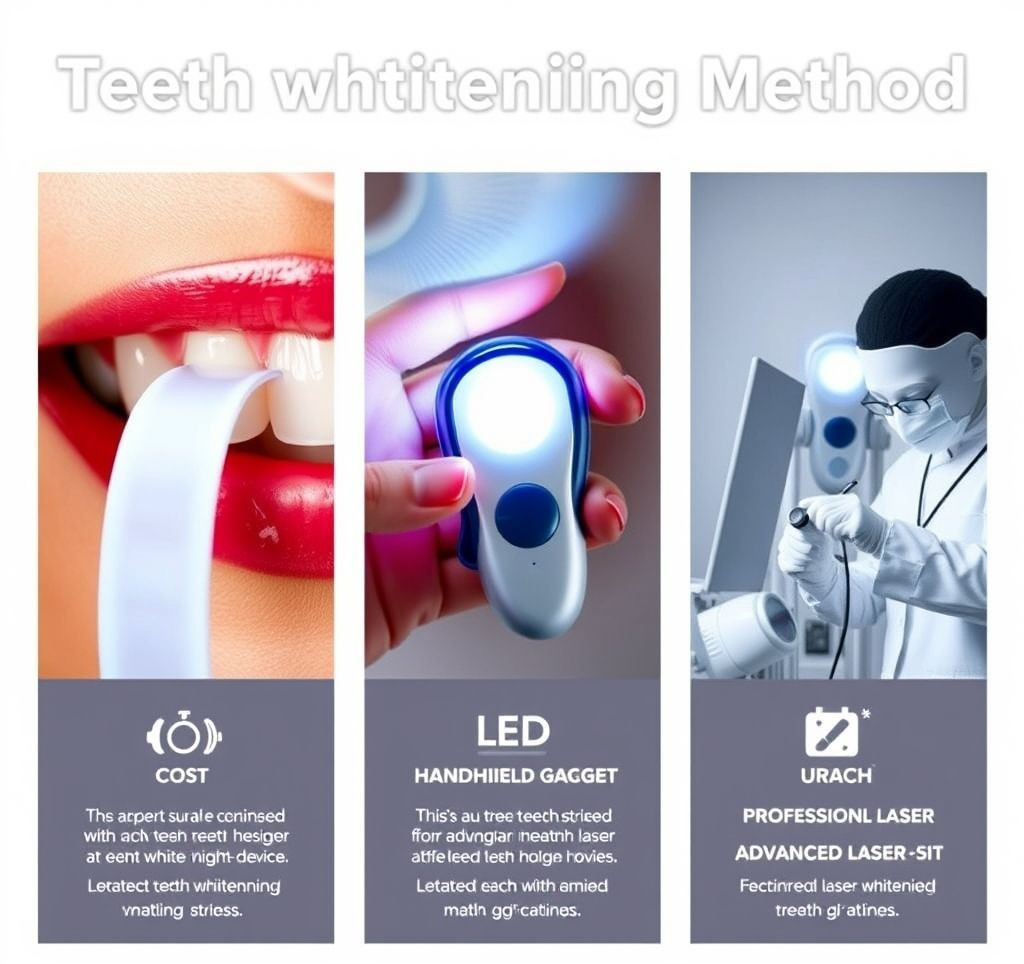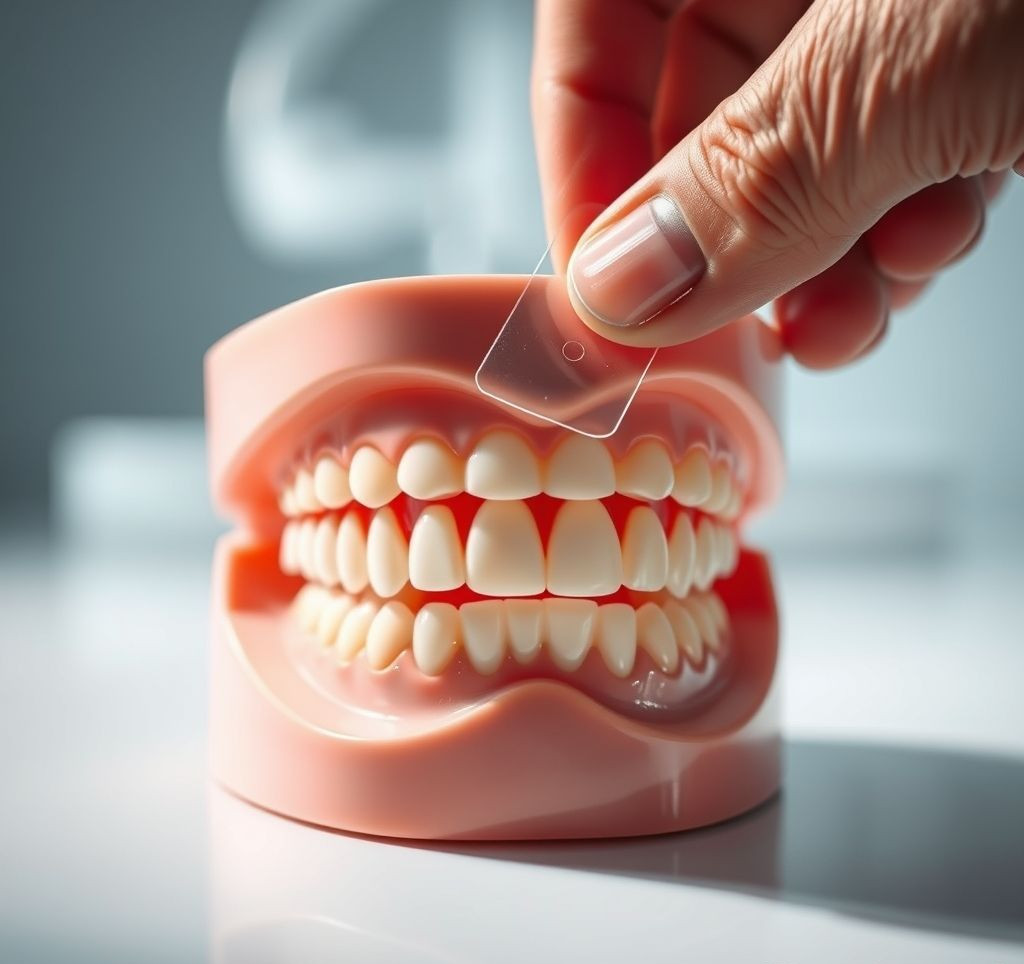Embarking on the journey toward a straighter, healthier smile is an exciting prospect. However, understanding the financial commitment involved is crucial for anyone considering orthodontic treatment. This guide provides a detailed breakdown of the various factors influencing the braces cost in 2024, helping you navigate your options and make informed decisions.
Why Understanding Braces Cost is Crucial
Knowing what to expect financially is essential for several reasons:
- Budgeting: It allows you to create a realistic budget and explore financing options if needed.
- Informed Decisions: Understanding the different types of braces and their associated costs empowers you to choose the treatment that best suits your needs and financial situation.
- Avoiding Surprises: Being prepared for the potential expenses involved prevents unexpected financial strain during your treatment.
- Maximizing Insurance Benefits: Knowing what your insurance covers helps you minimize out-of-pocket expenses.
Factors Influencing Braces Cost
Several factors contribute to the overall braces cost. These include:
- Type of Braces: Metal, ceramic, lingual, and clear aligners (like Invisalign) all vary in price.
- Complexity of the Case: More severe orthodontic issues require longer treatment times and more complex procedures, impacting the final cost.
- Geographic Location: The cost of living in your area can influence the prices charged by orthodontists.
- Orthodontist’s Experience and Expertise: More experienced orthodontists may charge higher fees.
- Treatment Duration: The longer you need to wear braces, the more the overall treatment will cost.
- Insurance Coverage: The extent to which your insurance covers orthodontic treatment significantly affects your out-of-pocket expenses. According to the American Association of Orthodontists (AAO), about 75% of orthodontic patients have some type of insurance coverage that helps offset the cost of braces.
A Breakdown of Braces Types and their Costs
Let’s explore the typical price ranges for different types of braces. These are estimates and can vary based on the factors mentioned above.
Traditional Metal Braces
Metal braces are the most common and typically the most affordable option. They consist of metal brackets and wires that are adjusted periodically to straighten your teeth.
Estimated Cost: $3,000 – $7,000
Ceramic Braces
Ceramic braces are similar to metal braces but use tooth-colored brackets, making them less noticeable. They are typically more expensive than metal braces.
Estimated Cost: $4,000 – $8,000
Invisalign
Invisalign uses a series of clear, removable aligners to gradually straighten your teeth. The Invisalign cost is often higher than traditional braces. It’s worth noting the convenience and subtlety many patients appreciate.
Estimated Cost: $4,000 – $9,000+
Lingual Braces
Lingual braces are placed on the inside (tongue side) of your teeth, making them virtually invisible. They are generally the most expensive option.
Estimated Cost: $8,000 – $13,000+
Navigating Braces Cost: Insurance & Payment Plans
The cost of braces with insurance can be significantly lower. Here’s how to navigate insurance and payment options:
- Check Your Insurance Coverage: Contact your insurance provider to understand your orthodontic benefits, including the maximum coverage amount and any age restrictions.
- Explore Payment Plans: Many orthodontists offer flexible payment plans to make treatment more accessible. These plans may involve monthly installments or financing options.
- Consider Health Savings Accounts (HSAs) and Flexible Spending Accounts (FSAs): You can use pre-tax dollars from these accounts to pay for orthodontic treatment.
- Seek Multiple Consultations: Get quotes from several orthodontists to compare prices and treatment options.
Expert Tips for Managing Braces Cost
Here are some additional tips to help manage the financial aspects of orthodontic treatment:
- Don’t Be Afraid to Ask Questions: Inquire about all costs involved, including consultations, adjustments, retainers, and emergency visits.
- Maintain Good Oral Hygiene: Proper oral hygiene can prevent complications that may require additional treatment and increase costs.
- Follow Your Orthodontist’s Instructions: Adhering to your orthodontist’s recommendations can help ensure effective treatment and minimize the need for adjustments or repairs.
- Consider Community Dental Clinics or Dental Schools: These facilities may offer orthodontic treatment at reduced rates.
“A beautiful smile is an investment in yourself. Don’t let financial concerns deter you from exploring orthodontic treatment options.” – American Dental Association
